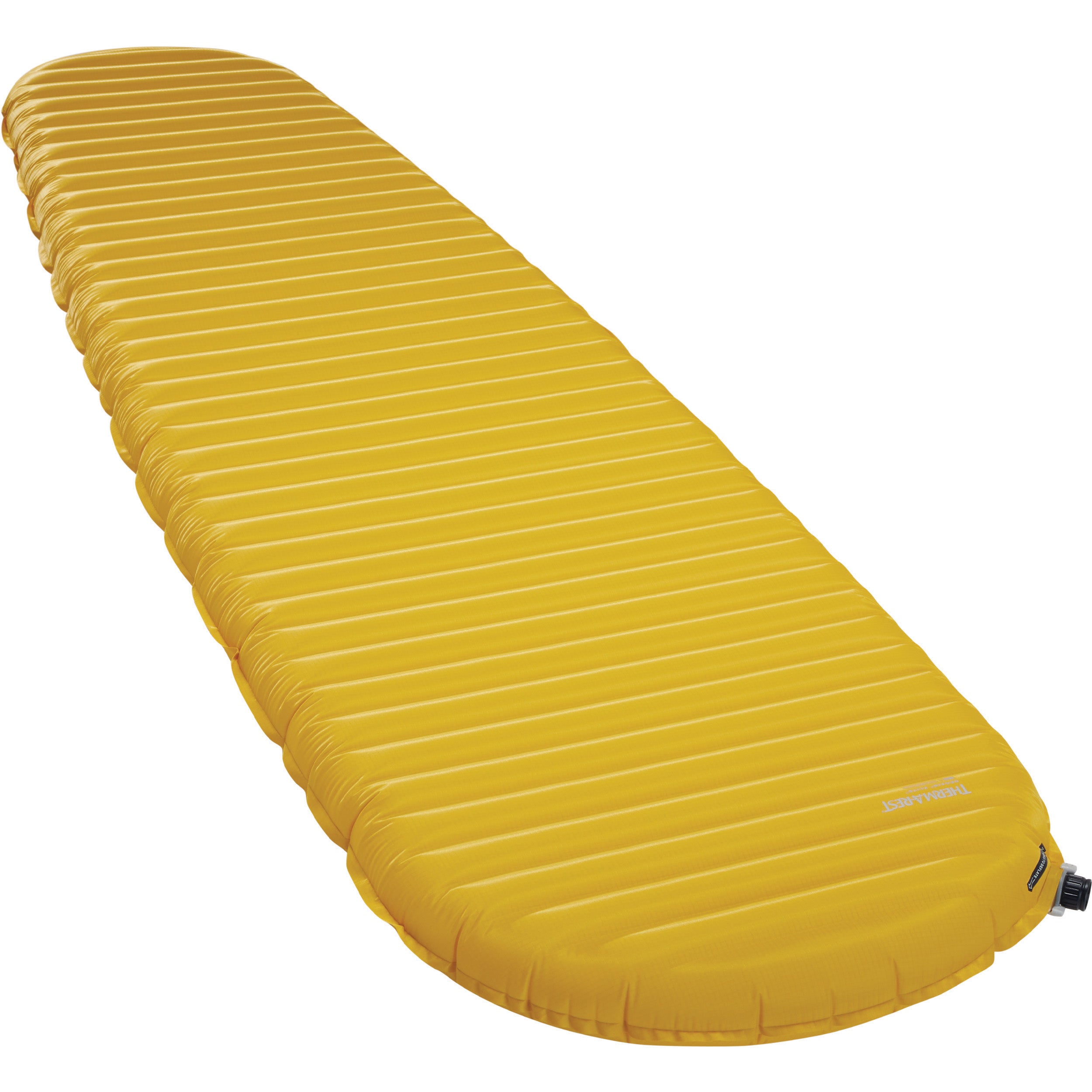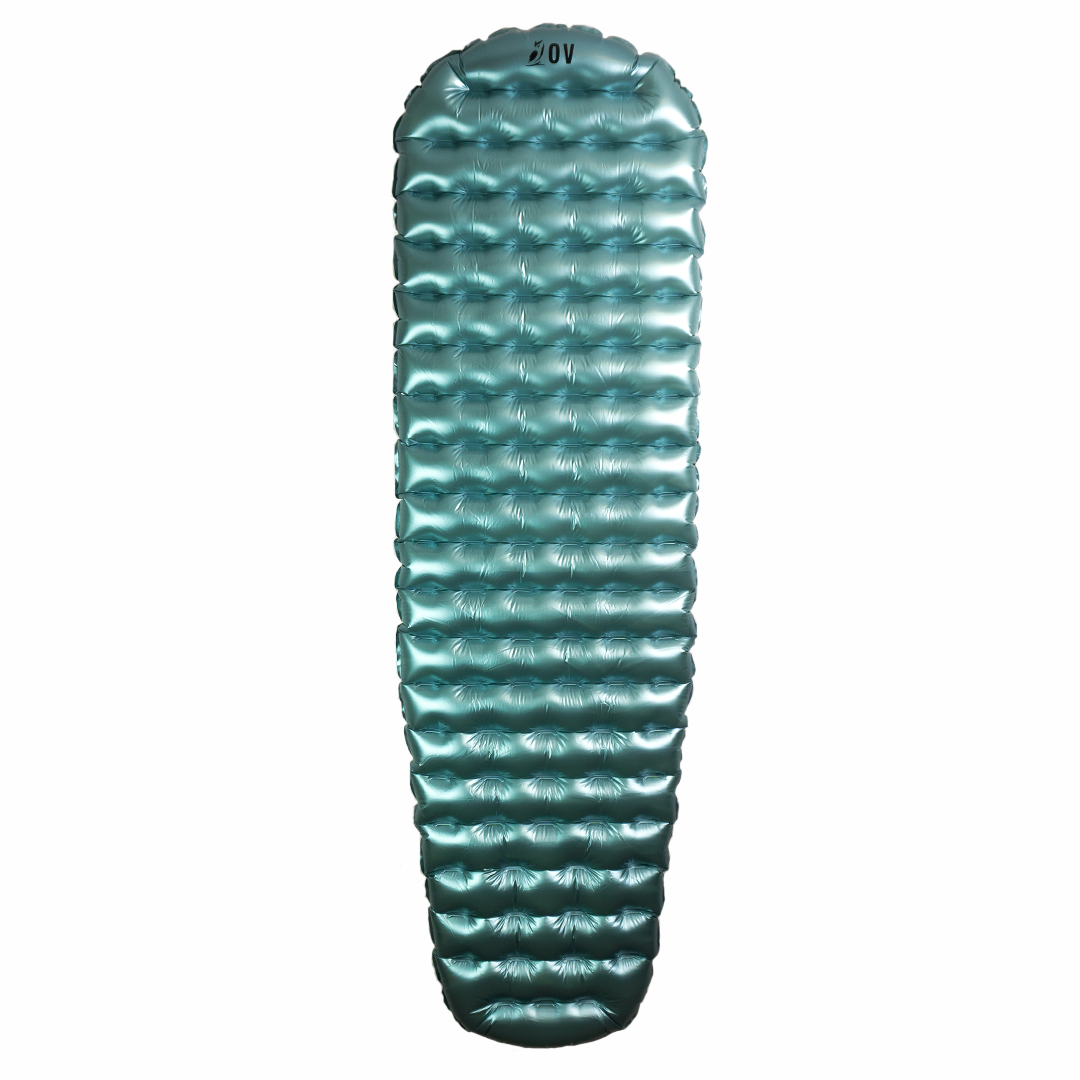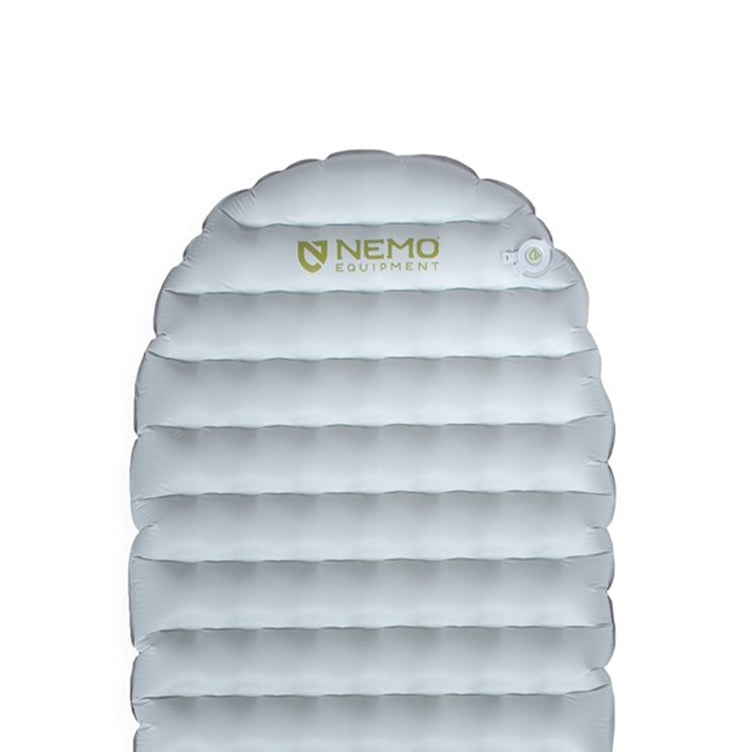Backpackers will frequently obsess over gear weight, tent footprints, and water filters. But sleeping pad R-values? Often overlooked. Truth is, that ultra-insulated pad might be cooking you alive on summer nights. Nobody enjoys waking up in a puddle of sweat. R-value overkill happens more than you'd think. The outdoor industry pushes "higher is better" since it sells pads. It doesn't. Sometimes less insulation means more comfort. The signs are obvious once you know what to look for—and they're ruining your precious wilderness time.
The difference between a good night's sleep and shivering until dawn often comes down to three digits: your pad's R-value. This independent rating system measures thermal resistance to heat transfer, with higher numbers indicating better insulation from the cold ground below. Simple enough.
But here's the kicker: your sleeping pad can actually be too warm.

Since 2020, the industry has used ASTM F3340-18 standards to guarantee consistent ratings across brands. No more marketing hype. No more guesswork. Just cold, hard numbers from 1 (barely there) to 7+ (arctic-ready). These tests happen in controlled labs, not factoring in wind or humidity. Pure thermal resistance.
But hikers mess up constantly. They grab a winter pad for summer trips and wonder why they're sweating buckets by midnight. Or they pair an R5.5 beast with an already toasty summer bag. The result? Overheating, dehydration, and terrible sleep.

The symptoms are obvious. You're constantly unzipping your bag. You're sweating through your base layers. Your sleep is fragmented and restless. You wake up feeling parched. Your gear smells like a gym locker the next morning. Not exactly the wilderness experience you signed up for.
Sleep suffering from thermal overload isn't subtle. Your tossing, sweating, and morning dehydration scream that your pad is working overtime.
Manufacturers created these recommendations for a reason. Summer camping? R1-3 will do. Three-season adventures need R3-5. Winter camping demands R5+. Closed-cell foam pads provide consistent insulation regardless of temperature fluctuations, making them reliable choices for varying conditions. High alpine expeditions might necessitate even more. There's science behind these numbers, not just marketing departments trying to sell you stuff.
The weight penalties are real too. Summer pads typically weigh 10-16 ounces. Three-season options jump to 16-24 ounces. Winter pads? You're looking at 24+ ounces of extra pack weight. Every ounce matters when you're already carrying days of food and water.

Remember that sleeping bag ratings assume you're using an R5.5 pad. Mismatch these systems and efficiency plummets by 25-40%. That's not insignificant. That's the difference between comfort and a miserable night.
Bottom line: match your pad to conditions, not aspirations. A pad can absolutely be too warm. Your sweat-soaked sleeping bag will confirm it. Premium options like the Nemo Tensor Extreme Conditions, with its R-value of 8.5, may be overkill unless you're camping on snow or ice.





